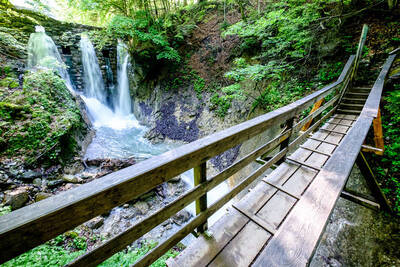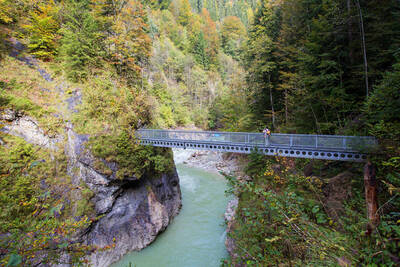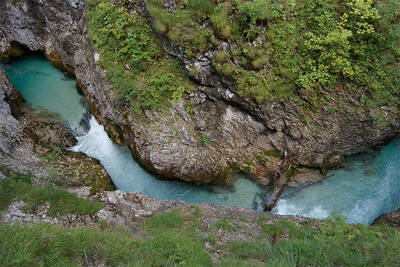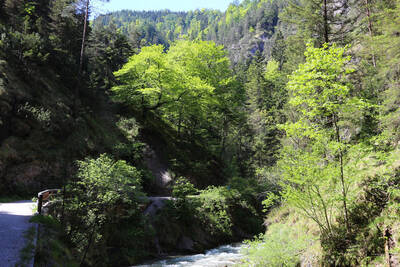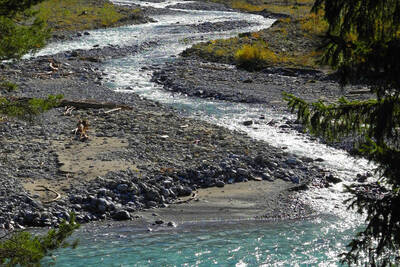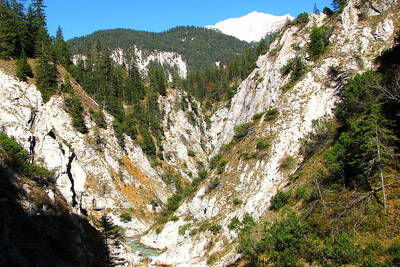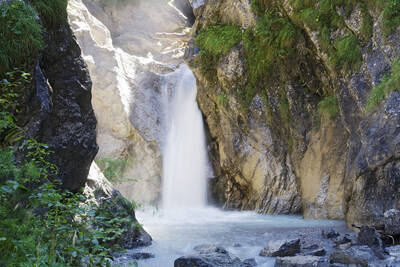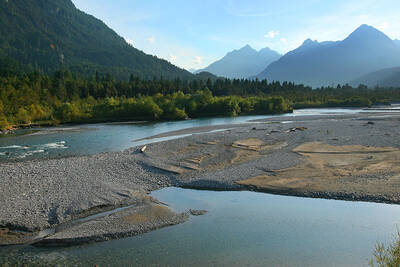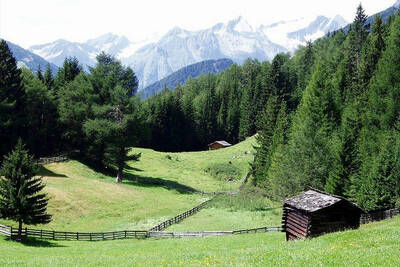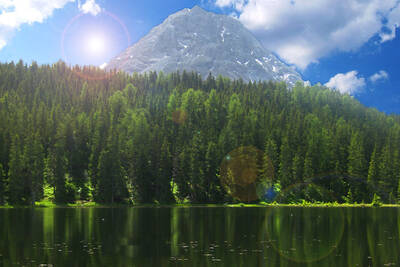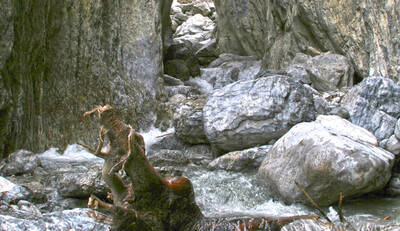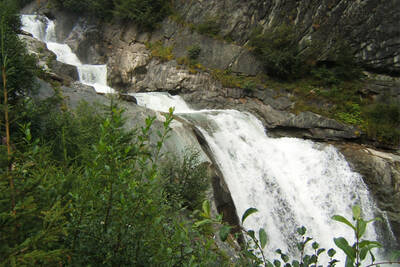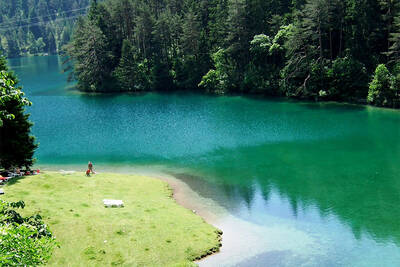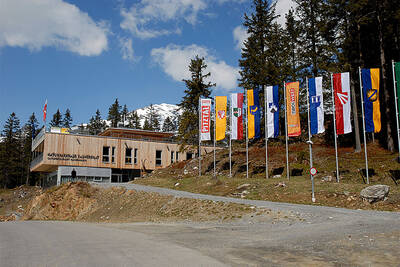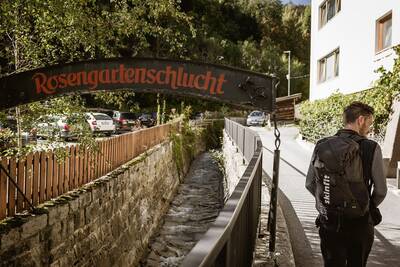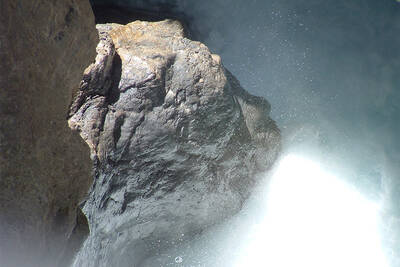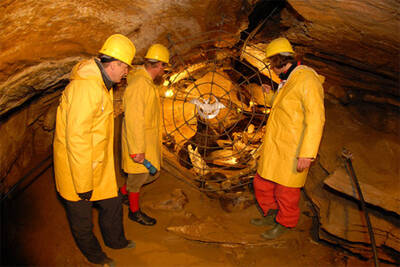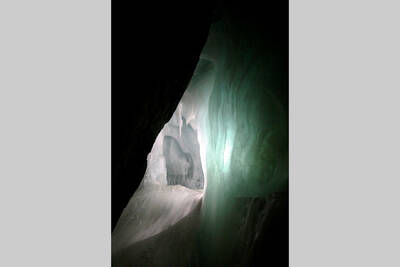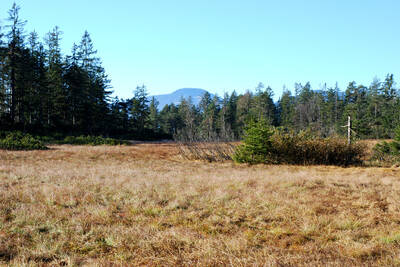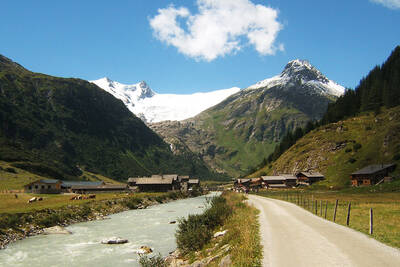Between Kufstein and St. Johann, the two parallel mountain ranges of the Wilder and Zahmer Kaiser stretch over a length of around 20 km. The Zahmer Kaiser reaches just over 2000 m, the Wilder Kaiser in its highest peak, the Ellmauer Halt, 2344 m. In the west, the mountain chains are separated by the Kaisertal, in the east by the Kaiserbachtal, and in between they are connected by the 1580 m high Stripsenjoch.
Kaisergebirge
Human settlement can be traced back to the Neolithic period. In the Middle Ages and up to the 18th century, mining was the most important economic sector in the region. Names like "Teufelswurzgarten" or "Teufelskraxe" still remind us of the legendary treasures that are said to be hidden deep inside the mountains, and of the many legends that surround them. Today, the former tunnels and mines have long been abandoned and largely forgotten. Instead, tourism has become the most important source of income. Tourism began in the second half of the 19th century, when most of the peaks of the mountains were first documented as being conquered and discovered as a climbing area.
The name "Kaiser" has been documented since the Middle Ages. For example, in a document from 1240, there is a mention of a chamois hunt on the "Chaiser". On a map from the 17th century, the name is explained by the similarity of the mountains to an imperial crown.
The flora and fauna of the Kaisergebirge are particularly rich and attractive. In total, there are around 940 different flowering plants, over 400 species of moss, 38 species of ferns, as well as an exceptionally large number of fungi and lichens. The increasingly rare alpine wetlands and moors with their typical plant and animal life can still be found here. Of the animal species, some endemic invertebrates, snails, butterflies, as well as salamanders, grass snakes, vipers, dormice, ermines, and chamois are particularly noteworthy. Even birds of prey such as hawks and golden eagles are native here.
Nature reserve with unique biodiversity
Since 1963, the Kaisergebirge has been a nature reserve, which at the time put a stop to excessive development with roads and tourist facilities. All the peaks of the Kaisergebirge belong to the nature reserve, which covers over 10 hectares. This unique paradise has thus been preserved in all its beauty.
In summer, the Kaisergebirge is a wonderfully beautiful hiking area. Not only does nature enchant here, but the well-maintained paths also bring joy. The Wilder Kaiser holiday region was the first area to be awarded the coveted Austrian Hiking Quality Seal for the excellent quality of its hiking trails, including signage and hiking information. The mighty rock peaks made of Wetterstein limestone are also perfect for climbing, and so the Kaisergebirge has had a long tradition as a climbing area since the early days of alpinism. There are numerous routes of all levels of difficulty, as well as several extremely difficult sport climbing routes with ratings up to "X+".
In winter, one of the largest ski areas in Tyrol extends south of the Wilder Kaiser between Going and Hopfgarten, with a total of 279 kilometers of slopes and 91 cable cars and ski lifts. The Kaisergebirge nature reserve itself is a fantastic area for ski tours, winter and snowshoe hikes.
 How do you like the content of this page?
How do you like the content of this page?
Please give us your feedback!
Recommended accommodations
Vacation Offers







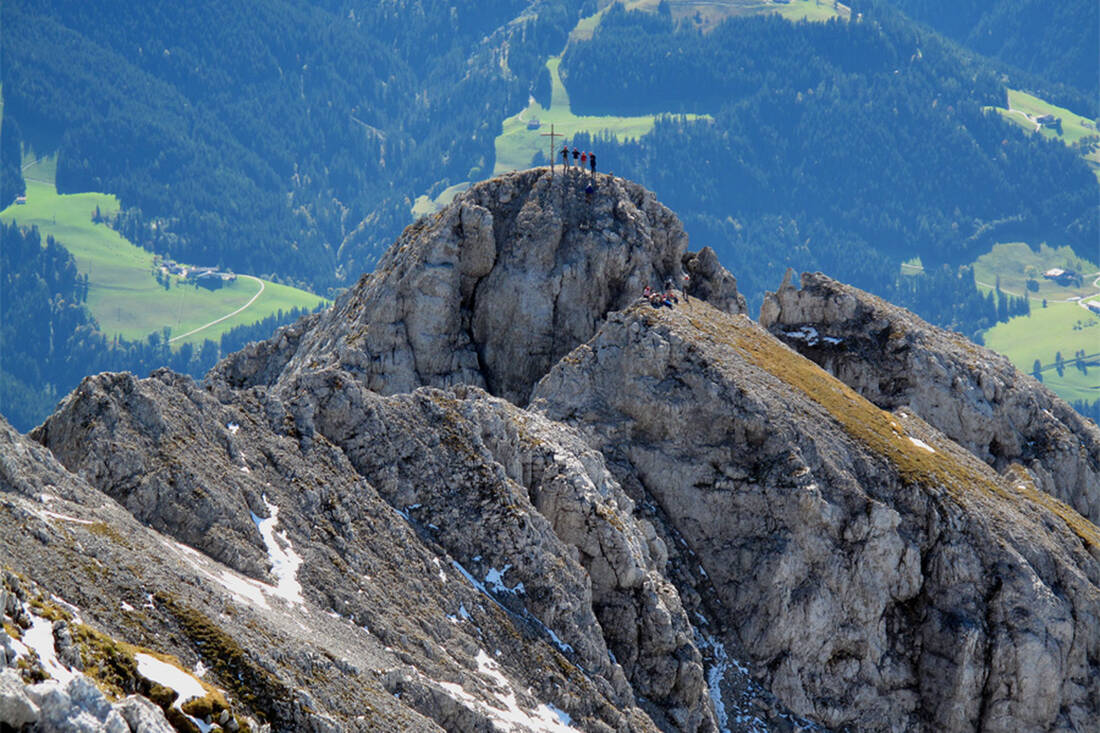
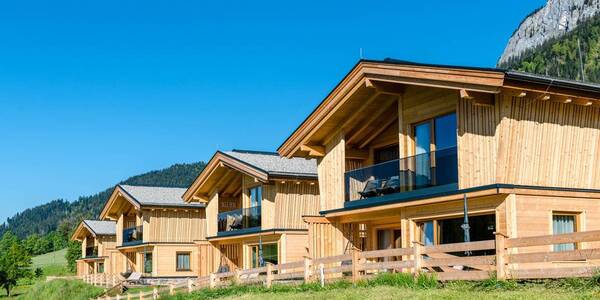




 notice
notice
